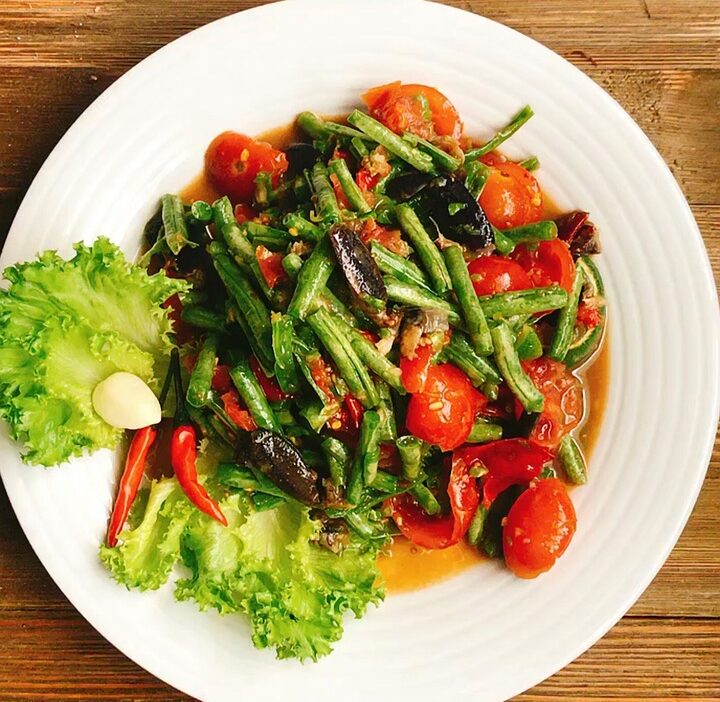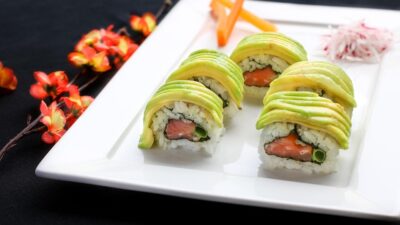Spring rolls, particularly Thai-style, are a delightful fusion of fresh ingredients and explosive flavors wrapped in delicate rice paper. Whether served fresh (negotiating the fine line between fresh rolls and spring rolls) or fried to a crispy perfection, these treats have captured the hearts and palates of food lovers worldwide. This article will explore the nuances of crafting the perfect Thai roll, covering ingredients, techniques, and serving suggestions.
Understanding the Basics
What Are Thai Rolls?
Primarily, Thai rolls can be categorized into two types: fresh spring rolls (known as "goi cuon" in Vietnamese cuisine but popular in Thai cooking too) and fried spring rolls (known as "cha gio"). Fresh rolls are transparent and filled with herbs, vegetables, and often shrimp or other proteins, while fried rolls are crispy and often filled with a mixture of vegetables and meats.
Key Ingredients
The essence of a perfect Thai roll lies in its ingredients. Choose them wisely:
-
Rice Paper: Typically round and made from rice flour, this forms the outer layer of your roll. Look for thin, pliable sheets that are easy to work with.
-
Filling: Freshness is key. Popular fillings include:
- Protein: Shrimp, chicken, tofu, or pork.
- Vegetables: Lettuce, carrots, cucumber, bell peppers, and herbs like mint and cilantro.
- Noodles: Rice vermicelli is commonly included for added texture.
- Dipping Sauce: A flavorful sauce elevates the dish. Classic options include:
- Sweet chili sauce
- Peanut sauce
- Nuoc cham (a Vietnamese dipping sauce made with lime juice, fish sauce, and sugar).
The Crafting Process
Step 1: Preparing Ingredients
Start with a clean workspace. Gather and prepare your ingredients:
- Protein: If using shrimp or chicken, cook and chill them beforehand.
- Vegetables: Wash, peel, and slice the vegetables into thin strips.
- Herbs: Rinse and trim the herbs.
Step 2: Soaking the Rice Paper
-
Heat Water: Fill a large shallow dish or a plate with warm water.
- Soak: Submerge a rice paper sheet in the warm water for about 10-15 seconds until it becomes pliable but not too soft. Remove and lay it flat on a clean surface.
Step 3: Assembling the Roll
-
Layering: Place a few pieces of your protein, vegetables, and herbs on the lower third of the rice paper.
- Rolling Technique:
- Fold the sides over the filling.
- Starting from the bottom, roll tightly to encase the filling. A snug roll prevents the ingredients from falling out.
- Tuck in the sides as you proceed to keep everything secure.
Step 4: Frying (if desired)
If you’re making fried spring rolls:
-
Heat Oil: In a frying pan or deep fryer, heat oil to around 350°F (175°C).
-
Fry: Carefully add the rolls, avoiding overcrowding. Fry until golden brown and crispy.
- Drain: Remove from oil and place on paper towels to absorb excess oil.
Serving Suggestions
A Thai roll is not just a dish; it’s an experience. Here are a few ways to serve it:
-
Presentation: Arrange rolls in a circular fashion on a platter, garnished with fresh herbs for a pop of color.
-
Pairing: Alongside a variety of dipping sauces for guests to choose from.
- Garnish: Finishing touches like sesame seeds, chopped peanuts, or a squeeze of lime can elevate the dish further.
Conclusion
Crafting the perfect Thai roll involves a balance of freshness, flavor, and skillful technique. With these guidelines, you can create delightful rolls that are not only aesthetically pleasing but also bursting with flavor. Whether enjoyed as an appetizer at a dinner party or as a light snack, Thai rolls can be tailored to suit any occasion and impress any palate. Happy rolling!



